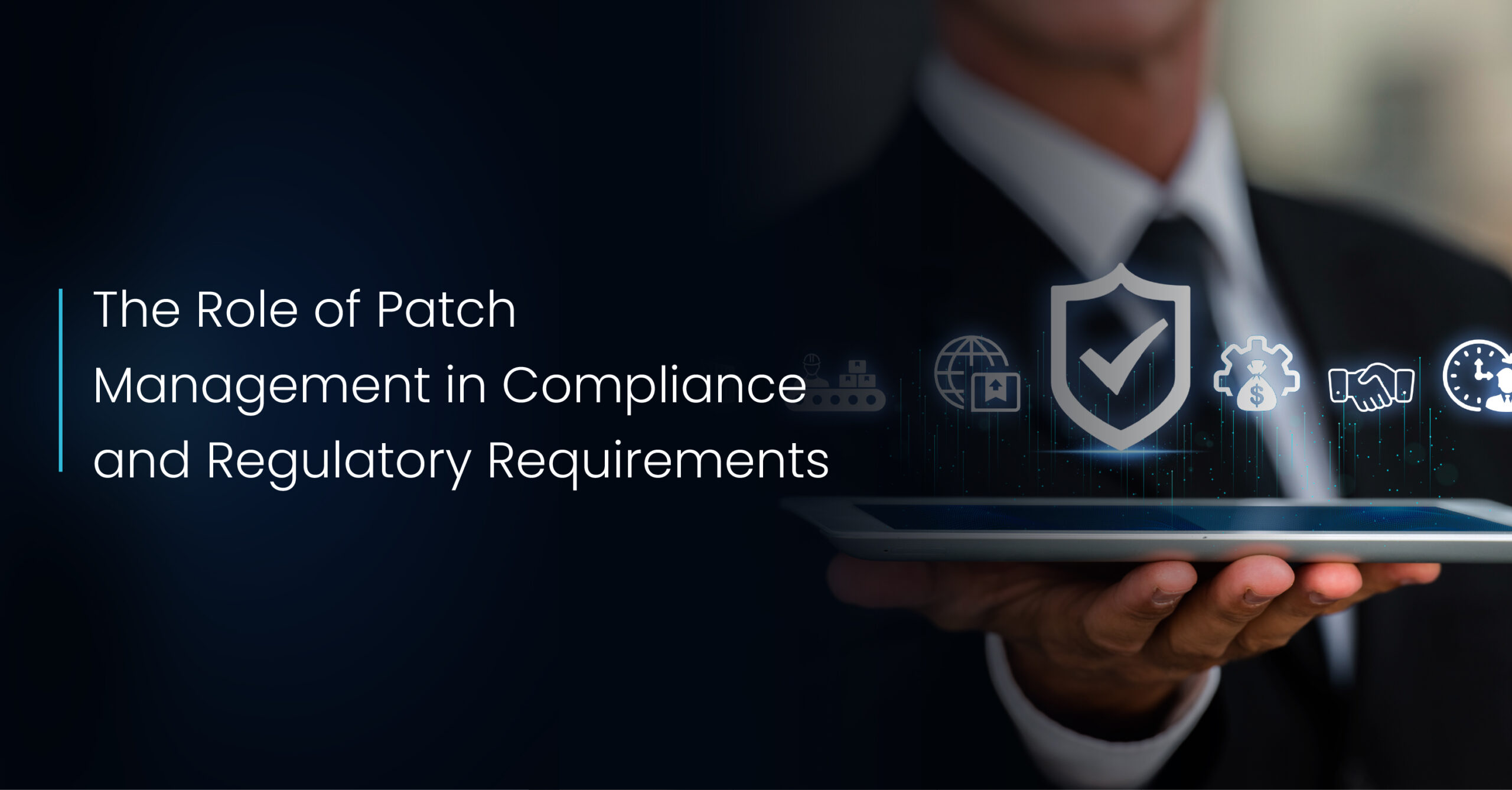Introduction
Cybersecurity threats are growing at an unprecedented pace. In 2024 alone, thousands of new vulnerabilities were published in the Common Vulnerabilities and Exposures (CVE) database, giving attackers endless opportunities to exploit weaknesses in IT systems. Yet, despite the risks, many organizations still struggle with one of the most fundamental cybersecurity practices: patch management.
Effective patch management is not just a routine IT task—it’s a critical part of vulnerability management, endpoint security, and overall risk management. A single missed patch can give cybercriminals a backdoor into your network, leading to ransomware, data theft, or regulatory fines.
From the infamous WannaCry attack that spread through unpatched systems, to more recent zero-day exploits, history shows us that patching mistakes can have devastating consequences.
This article explores the seven most common patch management mistakes organizations make, why they’re dangerous, and how you can avoid them with the right strategies and patch management software.
Mistake #1 — Delaying Critical Updates
One of the biggest patching errors organizations make is delaying critical updates. Attackers are quick to weaponize vulnerabilities once they are disclosed. In fact, research shows that exploits often appear within days—or even hours—of a vulnerability being published.
When businesses fail to apply patches promptly, they leave themselves exposed to zero-day exploits, ransomware campaigns, and advanced persistent threats (APTs). The turnaround time between patch release and exploitation is shrinking, and slow rollout can be catastrophic.
For example, the Equifax breach of 2017—one of the largest in history—was traced back to a delayed patch. A vulnerability in Apache Struts had been publicly disclosed, but the patch wasn’t applied in time, leading to the exposure of personal data from 147 million people.
How to avoid it:
- Establish strict SLAs for applying critical patches (e.g., 48–72 hours).
- Use automation in patch management software to push updates faster.
- Maintain an emergency patching process for urgent threats.
Mistake #2 — Lacking an Inventory of Assets
You can’t patch what you don’t know exists. Many IT teams struggle with incomplete visibility of their infrastructure—especially with the rise of shadow IT, IoT devices, and cloud endpoints. If your asset inventory is incomplete, some devices will inevitably miss critical updates.
Unmanaged or undiscovered endpoints are often the weak links in a network. A single unpatched server or employee laptop could be enough to compromise your entire environment.
How to avoid it:
- Maintain a real-time asset inventory that includes all devices, from servers to IoT sensors.
- Use discovery tools integrated into your patch management solution for endpoint visibility.
- Continuously monitor for configuration drift and unmanaged devices.
By ensuring comprehensive coverage, organizations can eliminate patching blind spots.
Mistake #3 — Ignoring Third-Party Applications
Too many organizations focus only on operating system patches and forget about third-party software like Adobe Reader, Java, browsers, or plugins. These applications are among the most targeted by cybercriminals because they’re widely used and often overlooked.
Outdated plug-ins or unmanaged applications provide attackers with easy entry points. For instance, vulnerabilities in browser extensions or outdated PDF readers have frequently been exploited in phishing and malware campaigns.
How to avoid it:
- Include third-party application patching in your vulnerability management strategy.
- Choose patch management software that supports updates for popular apps.
- Regularly audit installed applications to identify outdated or unmanaged software.
Ignoring third-party apps is like locking your front door but leaving the windows wide open.
Mistake #4 — No Testing Before Deployment
While speed is essential, skipping patch testing can backfire. Some patches may cause system crashes, application errors, or downtime if deployed without validation. Organizations that rush patches into production without testing risk disrupting critical operations.
For example, a Windows update in 2020 caused printer malfunctions worldwide. Without a proper sandbox or test environment, businesses faced unexpected downtime.
How to avoid it:
- Set up a staging environment to test patches before rollout.
- Deploy patches to a pilot group of users first.
- Create rollback strategies in case updates break systems.
- Use change management practices to reduce risk.
By balancing speed with caution, IT teams can maintain security without sacrificing stability.
Mistake #5 — Lack of Automation
Manual patching is slow, error-prone, and impractical at scale. As organizations grow, relying on spreadsheets and manual updates becomes impossible. Human errors and inconsistent deployment create gaps that attackers can exploit.
Automated patch management solutions solve this problem by streamlining the entire process—from scanning for missing patches to deploying them across thousands of devices simultaneously. Centralized tools like SCCM, WSUS, or modern cloud-based solutions provide orchestration, scheduling, and policy enforcement to ensure consistency.
How to avoid it:
- Implement automated patch deployment using a centralized patch management tool.
- Use remote patching for distributed teams and hybrid work environments.
- Apply automation policies to enforce patch cycles across the organization.
Automation reduces workload, improves compliance, and drastically lowers the chances of leaving systems unpatched.
Mistake #6 — Poor Prioritization
Not all patches are created equal. Treating every patch the same often leads to wasted resources—or worse, critical vulnerabilities being ignored. Organizations must focus on patch prioritization using metrics like CVSS scores, exploitability, and business impact.
Without prioritization, IT teams may spend weeks patching low-risk issues while high-severity flaws remain open to attackers.
How to avoid it:
- Use risk-based vulnerability management to rank patches by severity.
- Focus first on patches with known exploits in the wild.
- Align patching schedules with compliance requirements and SLAs.
Mistake #7 — No Compliance Tracking
Regulatory frameworks like HIPAA, PCI DSS, and ISO 27001 require organizations to maintain secure systems, which includes timely patching. Failing to track compliance can lead to fines, failed audits, and reputational damage.
Without dashboards and reporting tools, IT teams struggle to prove patch compliance. This lack of visibility leaves organizations exposed during audits.
How to avoid it:
- Use a patch management solution with built-in compliance tracking and reporting.
- Align patch cycles with industry-specific regulations.
- Regularly audit patching activities and generate reports for management and auditors.
- Compliance isn’t just about avoiding penalties—it also builds customer trust.
Conclusion:
Patch management may seem like a routine IT function, but in reality, it’s one of the most critical defenses against modern cyber threats. By avoiding the seven common mistakes outlined above—delaying updates, overlooking assets, ignoring third-party apps, skipping testing, relying on manual processes, failing to prioritize, and neglecting compliance—organizations can strengthen their security posture and reduce risk.
With the right patch management software, automation, and best practices, businesses can stay ahead of attackers, meet compliance requirements, and safeguard their most valuable digital assets.
FAqs:
Patch management is the process of identifying, testing, deploying, and monitoring software updates (patches) to fix security vulnerabilities, improve performance, and ensure compliance.
Patching should be continuous. Critical patches should be applied within days of release, while routine updates can follow a monthly or quarterly cycle, depending on the organization’s risk profile.
Regulations like PCI DSS, HIPAA, and ISO 27001 require timely patching of vulnerabilities. Effective patch management ensures organizations meet compliance mandates and can demonstrate this during audits.







